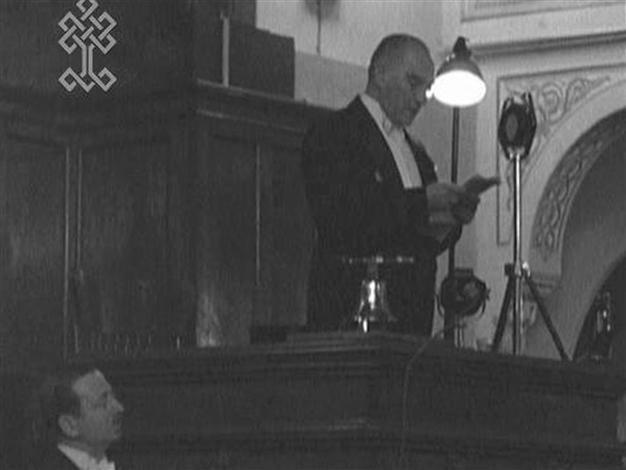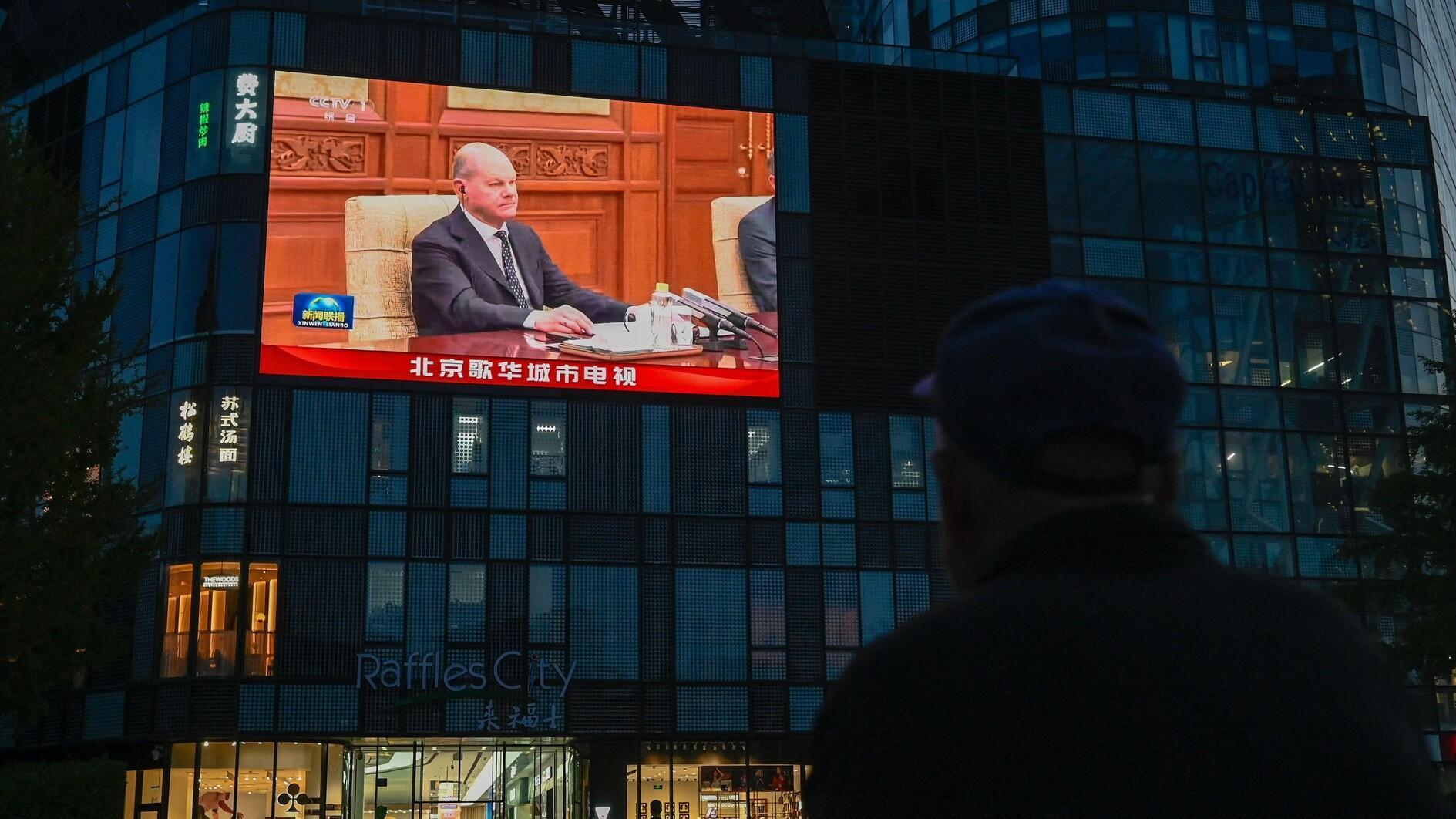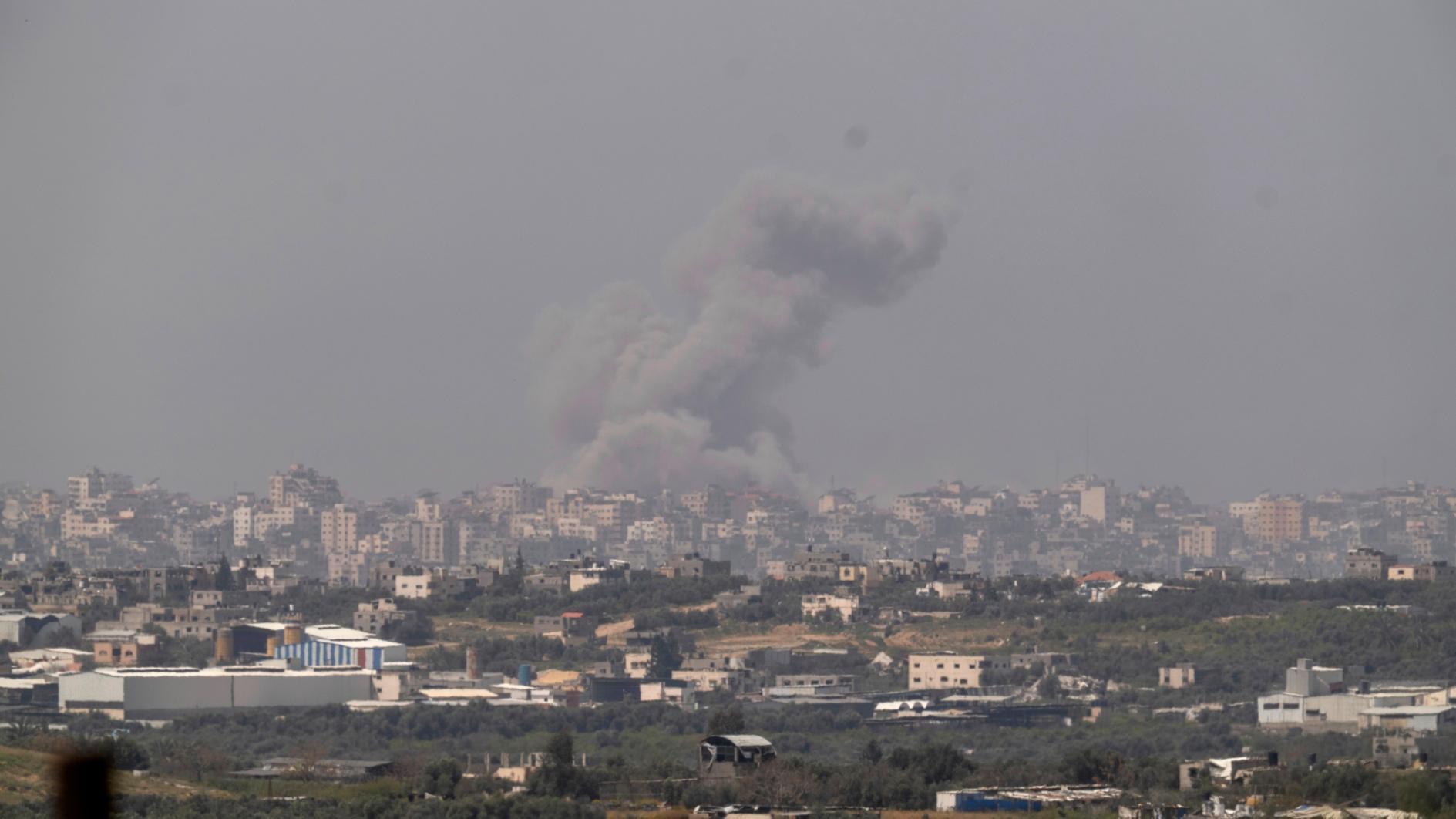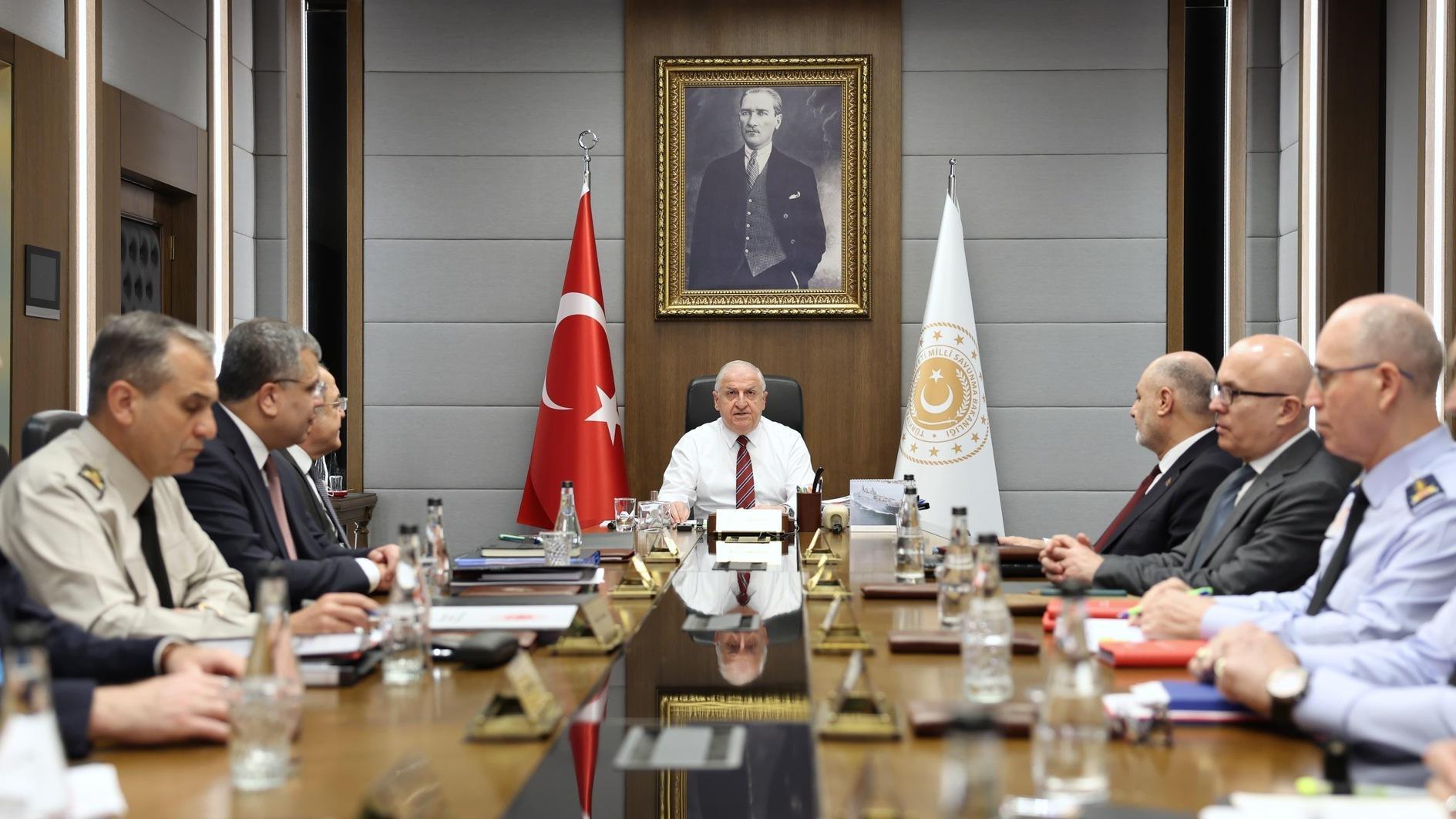Archive prepares to cast light on Turkish history
ANKARA - Anatolia News Agency

Modern Turkey’s founder, Mustafa Kemal Atatürk, addressing the Turkish Parliament in 1936.
Turkey’s Culture and Tourism Ministry is shedding new light on the late Ottoman Empire and early Turkish Republic like never before by releasing restored films and images of national leaders that have never been published before.“We are looking to collect all these images because we have seen that this is very important … for Turkey [as it will give a chance for us to] see our history,” Culture Ministry Cinema Director General Cem Erkul recently told Anatolia news agency about the ongoing restoration work.
Noting that the videos and images constituted the visual memory of Turkey and that they shed light on both political and cultural history, Erkul said the materials would be digitally catalogued and restored using cutting-edge technology and in such a way that they would be both protected for archival purposes and be open for research. The never-before-seen images include Ottoman Sultan Reşat welcoming the Austro-Hungarian emperor during a visit to Istanbul by the latter, Sultan Vahdeddin attending Sultan Abdülhamid II’s funeral, modern Turkey’s founder, Mustafa Kemal Atatürk, addressing the Turkish Parliament in 1936, Atatürk welcoming Iranian Shah Reza Pahlavi and Adnan Menderes, Turkey’s first democratically elected prime minister, visiting Athens’ Acropolis with a delegation in the 1950s.
The image of Menderes, who was executed by military authorities in 1961 following a coup the previous year, was cleaned only after great difficulty, according to officials.
The images and the films are kept in large books that protect them from light, heat and moisture, the ministry official said, adding that the entrance and exit to the facility housing the material was stringently controlled to ensure that no damage befalls the videos and pictures.
The collective memory
There are currently around 10,000 videos and images being kept in the archive, Erkul said, but added that new images and films would soon be added to the inventory.
Erkul said the archive acted as a repository for the nation’s collective memory as it had documented momentous events, such as the difficult 1980 military coup, while adding that the facility also contained motion pictures from other ministries.
The official also said authorities would work to ensure synchronization on the images in addition to the restoration, while adding that they images could only be played on special devices.
Ultimately, Erkul said his directorate would attempt to restore and archive as much material as possible, adding that there were many professionals to analyze the archive.
“The nitrate-based images cannot be refined as they should be. These are black and white, and they are very valuable for us to learn our history,” Erkul said.
The digital archive will be available for use at any time, he said.Apart from the films and documentaries, the ministry will also begin to archive documentary films that were seized and shelved in some government agencies after the 1980 coup, Erkul said..

















